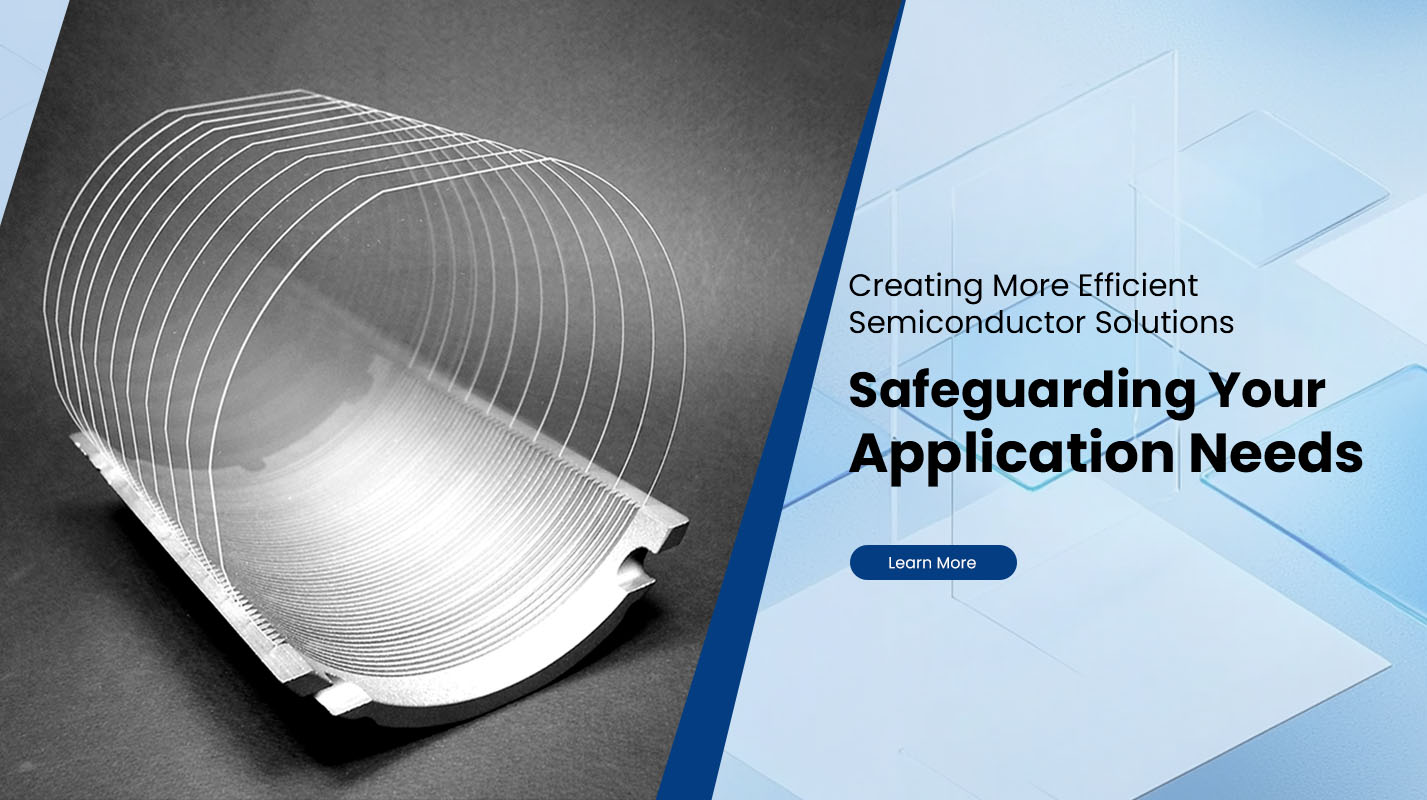How Do You Choose The Right Silicon Wafer for Your Application?
As a leading Silicon Wafers wholesaler, we understand that choosing the right silicon wafer is a critical decision for the success of your application. Whether you are working on high-performance semiconductor chips, solar panels, or any other electronic device, the quality and specifications of the silicon wafer you select will significantly impact the performance and longevity of your product. In this article, we will explore the key factors that influence the selection of silicon wafers and explain how our expertise and product offerings can help meet your specific needs.
1. Wafer Diameter
One of the most crucial factors to consider when choosing a silicon wafer is the wafer diameter. Common diameters include 100mm, 150mm, 200mm, and 300mm, with 200mm and 300mm wafers being widely used in the semiconductor industry for manufacturing advanced chips. The diameter of the wafer determines the size of the chips that can be produced, and it is essential to select the correct diameter based on your production requirements. Larger wafers offer higher productivity, but they may also come with increased cost and processing complexity. We offer a wide range of wafer diameters to accommodate the needs of various applications, ensuring that our customers get the optimal size for their production processes.
2. Crystal Orientation and Quality
The crystal orientation of the silicon wafer plays a vital role in the performance of the devices that are fabricated on it. Silicon wafers are typically cut from a silicon ingot in specific orientations, with the most common being (100) and (111). The choice of crystal orientation affects the electrical properties, mechanical strength, and the ease with which semiconductor devices can be manufactured. For example, (100) wafers are often used for logic and memory devices, while (111) wafers are preferred for power devices and other applications that require specific electrical characteristics.
In addition to the crystal orientation, the surface quality of the wafer is paramount. High-quality, defect-free surfaces are essential for ensuring the success of device fabrication. At our company, we provide wafers with excellent surface flatness, minimal defects, and low particulate contamination, all of which contribute to better yields and performance in your manufacturing processes.
3. Doping Type (P-type vs. N-type)
The doping type of the silicon wafer—whether P-type or N-type—determines the electrical properties of the wafer and is another essential consideration in the selection process. P-type wafers are doped with elements such as boron to create a positive charge, while N-type wafers are doped with elements like phosphorus to create a negative charge. The choice of doping type is influenced by the specific application and desired electrical characteristics.
For example, N-type wafers are typically used in power devices, high-performance transistors, and other applications where electron mobility is crucial. P-type wafers, on the other hand, are used in devices such as diodes, solar cells, and low-voltage transistors. By offering both P-type and N-type wafers, we ensure that our customers have the flexibility to choose the right material for their specific requirements.
Why Choose PLUTOSEMI?
As a reputable wholesaler of Silicon Wafers, we pride ourselves on offering high-quality products that meet the strictest industry standards. Our wafers are sourced from top manufacturers, ensuring consistency, reliability, and superior performance for a wide range of applications. With years of experience in the industry, we understand the unique needs of our customers and provide tailored solutions that help streamline production processes, enhance device performance, and drive innovation.
Whether you are working in the semiconductor, solar energy, or electronic industries, we have the right silicon wafer for your application. Our extensive inventory and commitment to quality make us a trusted partner for all your wafer needs.


